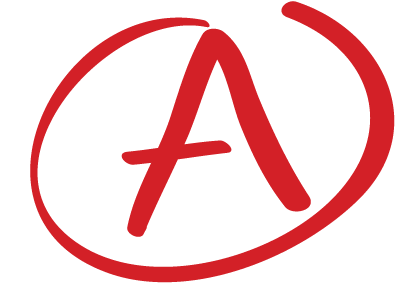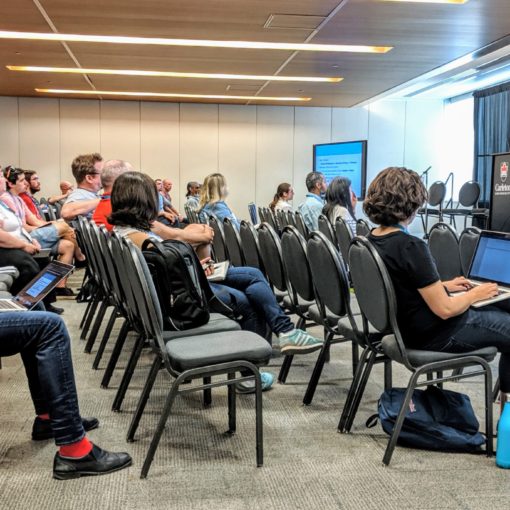That’s a hard one. There are many terms in mathematics and you need to know them. They are part of the vocabulary. All subjects have their own vocabulary and without it, it will be hard to follow along and make progress. The best way to learn terms and definitions is through their use. In the context of mathematics, working through exercises. When faced with a math question, the best way to start is by understanding each of the terms in the question. Create a list of terms and their definitions after each topic covered. This will be something you add to regularly throughout your course. And write the term out by hand on a piece of paper. There is nothing that cements the materials into you more than actual writing with pencil and paper. Old school is the best way to learn math and sometimes that means, memorize.
Math is also full of properties and theorems that are also part of the language of mathematics. Properties and theorems need to be at least understood in order to work through many exercises and questions. However, not all need to be known by heart and memorized. Again, I’d suggest writing properties and theorems on another sheet after each class and/or section taught. This will be another list that you will be adding to trough your course. And again, write it out by hand on a piece of paper. Through this process you will be using the terms over and over and their meanings will slowly become natural to you. An example of a list of definitions is below:

Factual learning is necessary before learning how to “do” math. The factual learning is the learning and storing of information that will be used later. These bits of information consist of the various definitions, formulas, basic rules of arithmetic and mathematics that will be needed when you start learning and applying more complex concepts. For example, in trigonometry, knowing the basic trigonometric ratios and how they are related to reciprocal trigonometric ratio is necessary when it comes times to proving trigonometric identities.

Primary Trigonometric ratios:
Reciprocal Trigonometric ratios:


Another example of factual learning for the purposes of retrieving and using that information later when applying a concept is the area and perimeter.

Below is a worked example of the optimization of the area of a rectangle given the perimeter using the knowledge of quadratics.



The title of this post is “To memorize or not to memorize, that is the question.” Learning the definitions and basic rules should be learned and learned well enough that they are second nature. Whether this is done through memorizing or through repeated use, that is us to you. The latter is the recommended way as it is easy to fall into the trap of memorizing but not really understanding what you are memorizing. However, if you repeatedly use something until it becomes automatic, you probably have learned and understand at least one use for that rule or term. Whether you choose to memorize or repeatedly use a formula, definition, equation or theorem, some how some factual learning is needed to get to the fun and more interesting applications of the material.




